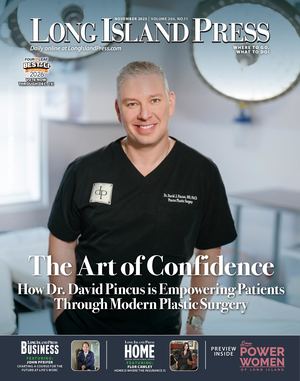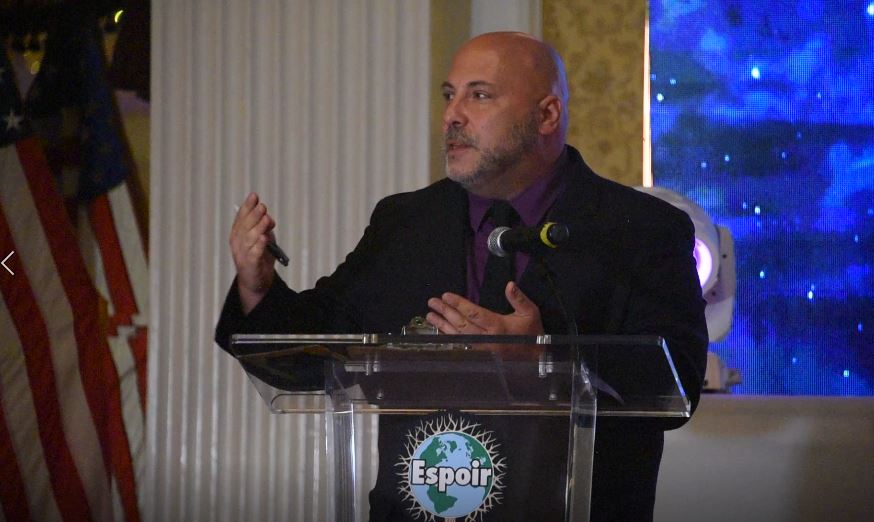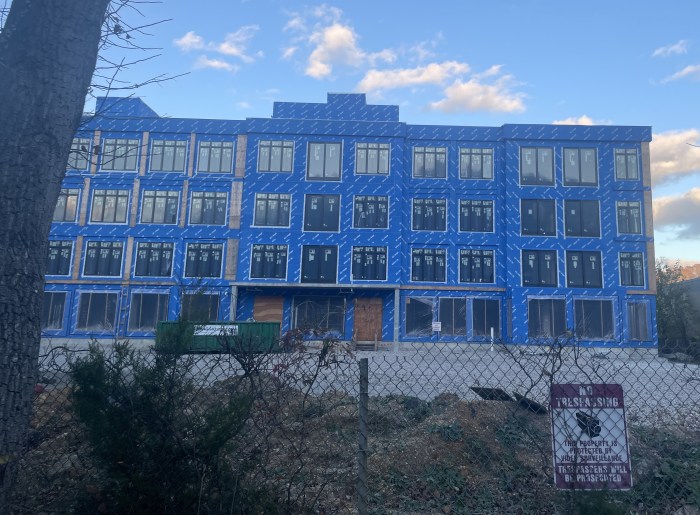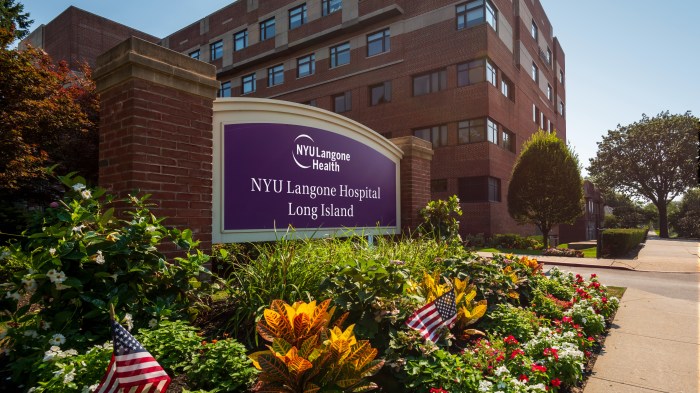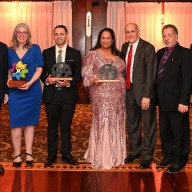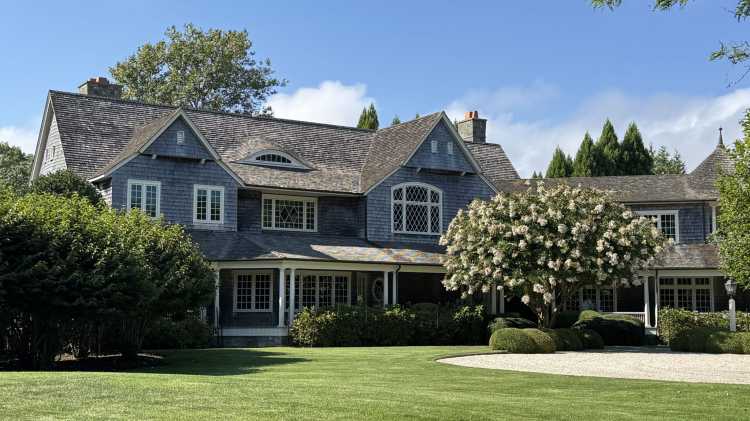This is the third in an ongoing series on housing development in Nassau County.
A prominent housing expert says that he doesn’t believe large-scale projects to address the need for more housing are in Nassau County’s future but that infill development could help ease the state’s housing shortage.
“There’s no place for a big mega project in Nassau County,” said Eric Alexander, the director of Vision Long Island, a not-for-profit development advocate. “That’s not on Nassau County’s horizon.”
Alexander said that future housing opportunities are likely to be found in areas that can be repurposed, which goes hand-in-hand with transit-oriented housing initiatives that have driven recent development in the county, and that it could be an attractive option in communities that want to increase the number of people living in downtown areas and interacting with local businesses.
The U.S. Department of Housing and Urban Development refers to infill housing as a development that reuses abandoned or underused property within an already established community to provide further housing opportunities.
Nassau County released an infill redevelopment feasibility report in May 2020, which looked at 21 areas throughout Nassau to see which communities could be regional leaders for future development.
The study selected Baldwin, Lynbrook and Valley Stream as the three communities most suitable for housing expansion.
The Langdon in Lynbrook, which was built on the same land that used to have old industrial buildings, is set to open later this year and feature 200 units, according to the building developer’s website.
Baldwin Commons, a 33-unit building that, according to the Baldwin Civic Association, replaced the parking lot for a car dealership and a diner before that, was also approved at the same time.
Other forms of infill housing have already populated the county. The 2023 completion of the Laurel Homes in Roslyn Heights provided 74 homes on land that had previously been home to obsolete buildings. Many other projects throughout the county have used this development plan to create new housing infrastructure.
But this form of development comes as Nassau has struggled to provide new housing opportunities.
Gov. Kathy Hochul announced two plans to tackle the state’s 800,000-unit housing shortage by increasing homes by 3% over the next three years. The specifics of the proposal were strongly opposed throughout Nassau’s three towns.
The three town supervisors, all Republicans, called it an attack on local control and the suburban lifestyle, as they have pushed back at the state’s want for more zoning regulation.
Hochul has since offered incentives to municipalities that encourage development.
Alexander said the Long Island communities had not shown favorable sentiment towards those mega projects, which has allowed infill developments to repurpose smaller lots of land into housing opportunities.
The City of Glen Cove’s 2024 Smart Growth Comprehensive Plan calls for infill development several times, and a previous master plan from the city said, “There is pressure for incremental housing construction in existing neighborhoods.”
Alexander said there is no specific place for a 500-unit housing project to be constructed and that the future of Nassau County housing lies in smaller projects that provide communities with more effective use of outdated land.
